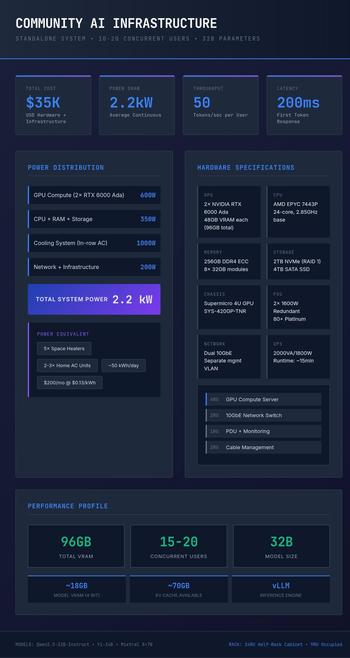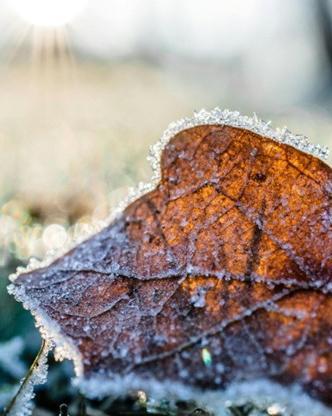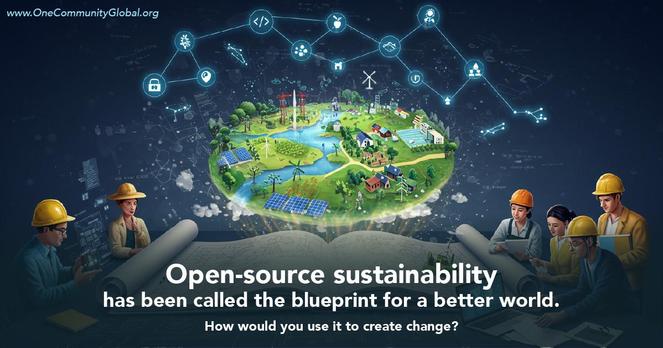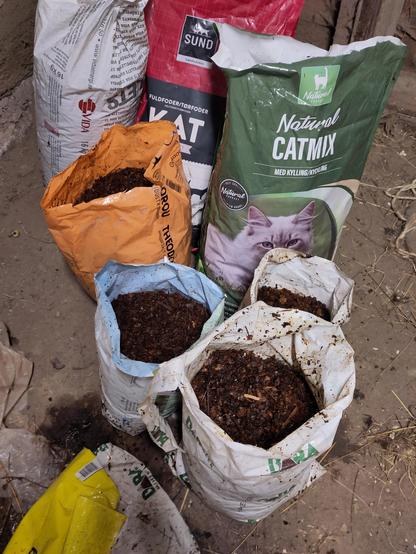So... pigs! (a thread)
I want to do a full post about them soon, and what we're planning on doing with them, but, some background:
Homesteading is trendy right now, if you didn't know. There are influencers making entire six figure or higher salaries making small-scale farming look cute, and other factors -- like increasing cost of living in cities, the ability to do remote work for some people, disillusionment with "society" or fears of climate collapse -- are pushing a lot of people to try to buy land and get on the bandwagon (or get on the bandwagon in their small suburban lots). It's wonderful that more people are interested in producing their own food and evaluating our reliance on industrial, extractive food systems, but if we're being honest, lots of these people are doing this without a psychological basis for intense physical labor, consistent work ethic (i.e: working around the clock and not quitting or skipping chores because it's cold or they're hard or you're sick or whatever), and appropriate ethics around animals as being sentient living beings deserving of care but who also are a critical part of a whole and who ultimately serve a purpose (usually food production) and instead see animals as accessories, pets, or status or novelty items.
One of the very unfortunate side effects of this is that lots and lots of people are purchasing and then breeding livestock... and then deciding that they can't actually kill them because that would be *awful*, continuing to breed them, and ending up in basically a cycle of overwhelm where without new animals coming in the novelty is worn off to the point where they don't want to do it anymore, so they keep breeding them, but then they're overwhelmed and cannot provide adequate care or afford all of the animals they have.
Livestock "rescues" are popping up left and right, diverting resources to "saving" these animals, all while many rural communities are still impoverished (despite that their tax base is increasing with upper middle class people flooding their housing markets) and without decent food.
There's a solution to this: actually producing food. We could also, then, divert some of this food to urban communities who are also without food.
The vegan debate is enormous (and I cover some of my thoughts in this post: https://rancholibertad.com/on-the-ethics-of-livestock/) but also a little ridiculous. We can pretend all we want that a vegan diet reliant on industrial food systems is actually a diet that *doesn't cause harm*, or that farming without commercial inputs is possible without animals (it isn't) or that somehow wild-sourcing all of our food is feasible in any ecosystem in the US (it isn't -- not at scale, as in, this isn't a meaningful lifestyle change any large percentage of us could make without *any* agriculture, and this isn't a lifestyle that's been lived in a very, very long time regardless of how people wish to categorize Indigenous peoples as "hunter gatherers").
So this is how we're orienting to this issue:
What we have capacity for, we're attempting to procure from these failed homesteads, where they are "calling it" and attempting to dump all of their animals.
The goal is to provide a high-welfare environment, correct any health issues, leverage the animals' instincts to support the land (i.e: pigs love rooting and can help decompact soil and clear rocky areas, turkeys and chickens help with pest control and can consume most cover crops that we plant in garden areas too small for ruminants, etc.) and then to humanely dispatch them when it is time and feed our community (or sometimes our omnivorous or carnivorous allies, like our or community members' dogs, cats, etc. that also support similar land regeneration projects through guarding or other contributions).
#Pigs #Homesteading #RegenerativeAgriculture #CommunitySovereignty #FoodProduction












